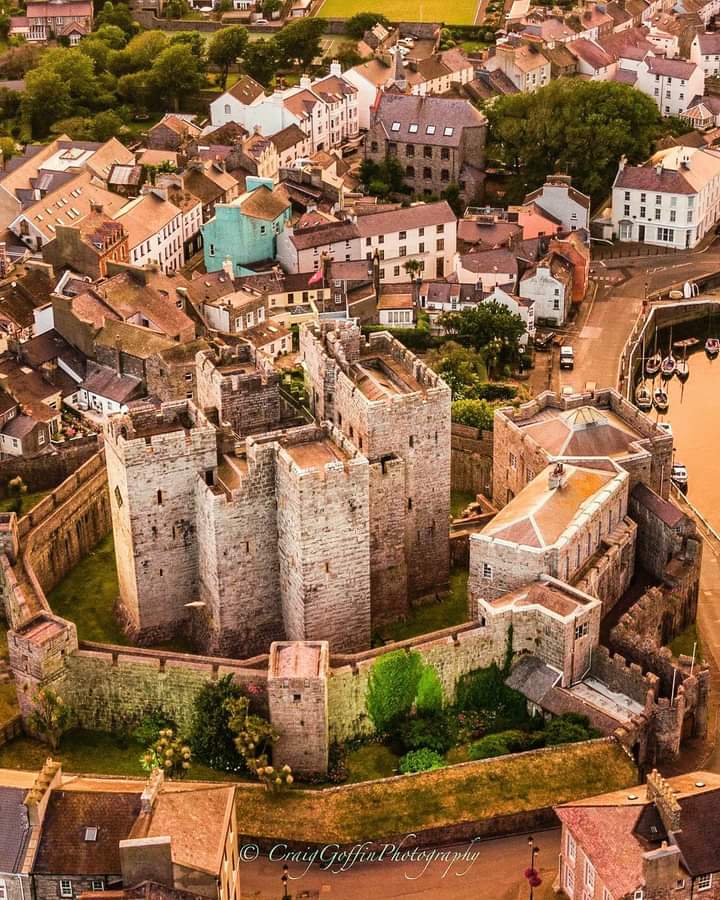
Castle Rushen (Manx: Cashtal Rosien) is a medieval castle located in the Isle of Man's historic capital, Castletown, in the south of the Island. It towers over the Market Square to the south-east and the harbour to the north-east. The castle is amongst the best examples of medieval castles in Europe and is still in use as a museum and educational centre. Construction is thought to have taken place during the 10th-century reigns of rulers of the Isle of Man – the Kings of Mann and the Isles. An old oak beam was found in the castle in the mid-19th century that contained the date 947. The last such King of Man, Magnús Óláfsson, is recorded in the Chronicle of Mann to have died at the castle in 1265. The original Castle Rushen consisted of a central square stone tower, or keep. The site was fortified to guard the entrance to the Silver Burn. The castle was developed by successive rulers of Man between the 13th and 16th centuries. The limestone walls dominated much of the surrounding landscape, serving as a point of dominance for various rulers of the Isle of Man. By 1313, the original keep was reinforced with towers to the west and south. In the 14th century, an east tower, gatehouses, and curtain wall were added. After its initial construction and use by the Norse-Gaelic rulers of the Isle of Man, the castle changed hands repeatedly between the Scots and the English. The Isle of Man was transferred to Scotland the year after Magnús Óláfsson's death as part of the Treaty of Perth, ending the 1263–1266 Scottish–Norwegian War. On 18 May 1313, with the help of his friend, Angus Og Macdonald, Lord of the isles and his fleet, the Scottish king Robert the Bruce invaded the Isle of Man at Ramsey. The Island was captured in five days, the only resistance occurring at Castle Rushen, which was defended by Dungal MacDouall, who had once been Lord of Galloway and betrayed Robert Bruce's brothers, Alexander and Thomas, to Edward I who promptly had them executed as traitors. After a three-week siege, Robert captured the castle on 12 June 1313, gaining the Isle of Man as an outpost securing the approaches to western Scotland and the Hebrides. After several more changes of hands the English and their supporters eventually prevailed. The English king Edward I Longshanks claimed that the Island had belonged to the Kings of England for generations and he was merely reasserting their rightful claim to the Isle of Man. From 1405 to 1738 the Isle of Man was controlled by the Stanley family, beginning with Sir John Stanley, who was given the title of King of Mann by Henry IV of England in 1405. The title King of Mann was replaced in 1521 by the title Lord of Mann, held today by the reigning British monarch.

The Yangshan Megalithic Quarry, located near Nanjing, China, is home to some of the largest carved stones in the world. During the Ming Dynasty, workers began crafting three enormous stone blocks, wit...Read more
View (36,726) | Like (0) | Comments (0)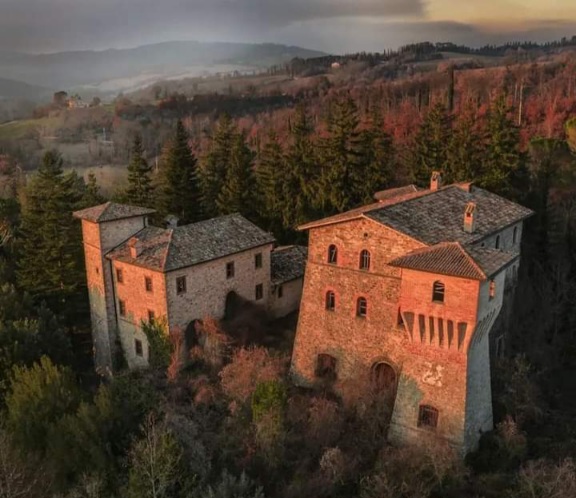
Schifanoia Castle stands amidst centuries-old trees and fertile lands, near the town of Valfabbrica. The current name derives from schivar la noia, a toponym also used in other homes of the sevente...Read more
View (106,130) | Like (0) | Comments (0)
Say hello to the Fish River Canyon — a true natural wonder carved over millions of years. With its rugged cliffs, dramatic views, and vast silence, it’s the second-largest canyon in the world and ...Read more
View (41,576) | Like (0) | Comments (0)
The Jinbar Waterfalls, also known as Jinbar Falls, are located in Ethiopia, near the town of Jinbar. They are renowned for their stunning beauty and are part of the larger Blue Nile River system. The ...Read more
View (41,120) | Like (0) | Comments (0)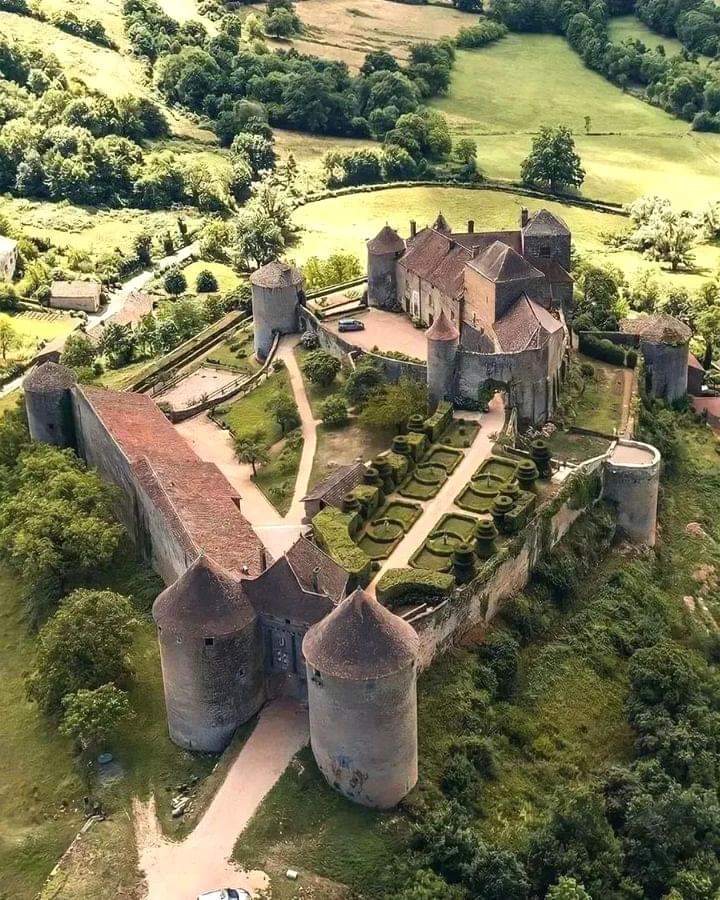
The Château de BerzéleChâtel nestled in the picturesque French countryside of Burgundy stands as a testament to centuries of history and architectural brilliance Perched atop a limestone cliff this...Read more
View (101,091) | Like (0) | Comments (0)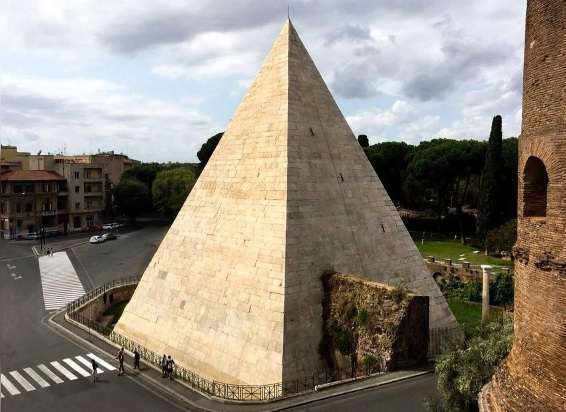
Built between 18 and 12 BC, the Pyramid of Cestius is one of the most unusual monuments in ancient Rome — a true Egyptian-style pyramid rising beside the city’s walls. Commissioned as the tomb ...Read more
View (2,262) | Like (0) | Comments (0)
In the Berber-speaking town of Matmata in Tunisia, traditional underground dwellings are a remarkable feature of the local architecture. These homes, known as troglodyte houses, are dug into the groun...Read more
View (108,551) | Like (0) | Comments (0)
Tarasp Castle (German: Schloss Tarasp, Romansh: Chastè da Tarasp) is a castle in Switzerland, near the former municipality of Tarasp (now Scuol), in Lower Engadin, Graubünden. It is a Swiss heritage...Read more
View (106,835) | Like (0) | Comments (0)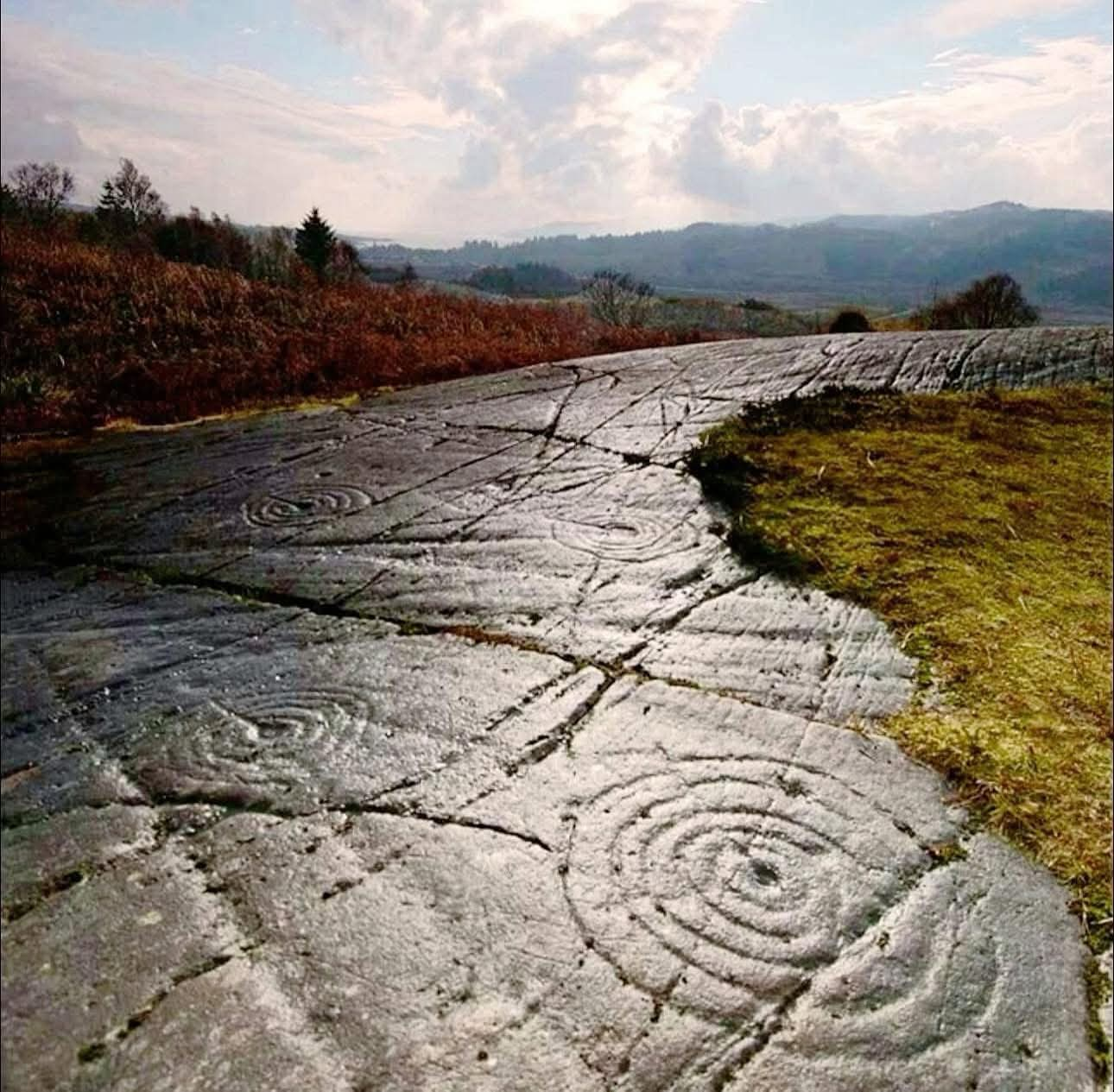
Carved into the bedrock of Kilmartin Glen, Scotland, are swirling rings and hollow cups that have puzzled archaeologists for centuries. 🌀 These carvings — known as the Achnabreck cup and ring ...Read more
View (6,366) | Like (0) | Comments (0)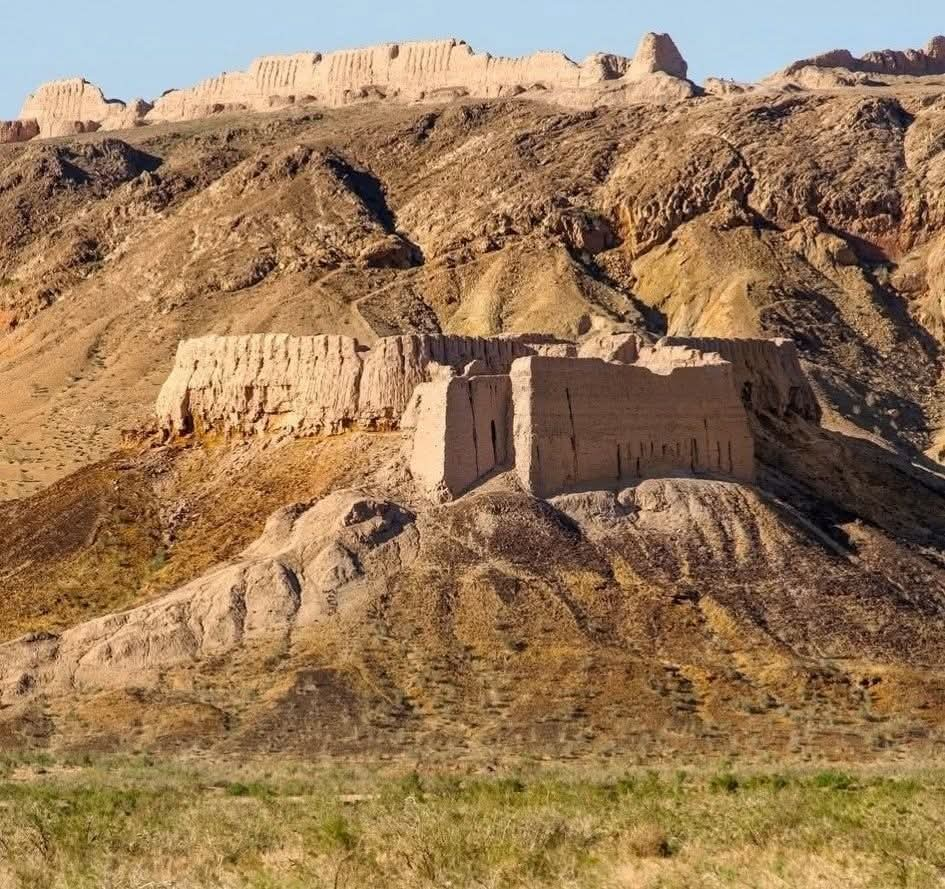
The towering mud-brick walls of the three fortresses at Ayaz-Kala, located in the Khwarezm region of Central Asia, rise dramatically from the surrounding plains. They were built on the edge of the ...Read more
View (14,518) | Like (0) | Comments (0)
আমরা কেউই পারফেক্ট না। একজন মানুষ কোনো কাপড় নয়, যে তাকে কেটে-ছেঁটে নিজের মাপ�...Read more
View (10,489) | Like (0) | Comments (0)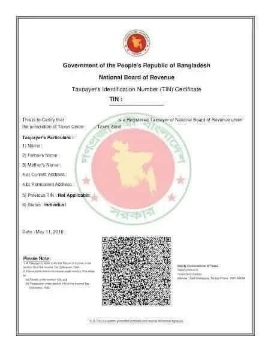
যে ৫ টি শর্তে TIN বাতিল করতে পারবেন। শর্তগুলো নিম্নরূপ: ১। কোনো করদাতা মারা গ�...Read more
View (3,801) | Like (0) | Comments (0)
আমরাই শেষ জেনারেশন, যারা গরুর গাড়ি থেকে সুপার সনিক কনকর্ড জেট দেখেছি। পোস্ট�...Read more
View (15,658) | Like (0) | Comments (0)
তাকে ছাড়া বাঁচতে পারবো না! এই কথাটা একদিন ভুল মনে হবে। কারন, কিছু মানুষ আমাদে�...Read more
View (10,735) | Like (0) | Comments (0)
🔥 তরুণদের প্রতি আমার পরামর্শ নিচে তুলে ধরা হল। ১. তোমার যৌন আকাঙ্ক্ষার উপর �...Read more
View (1,141) | Like (0) | Comments (0)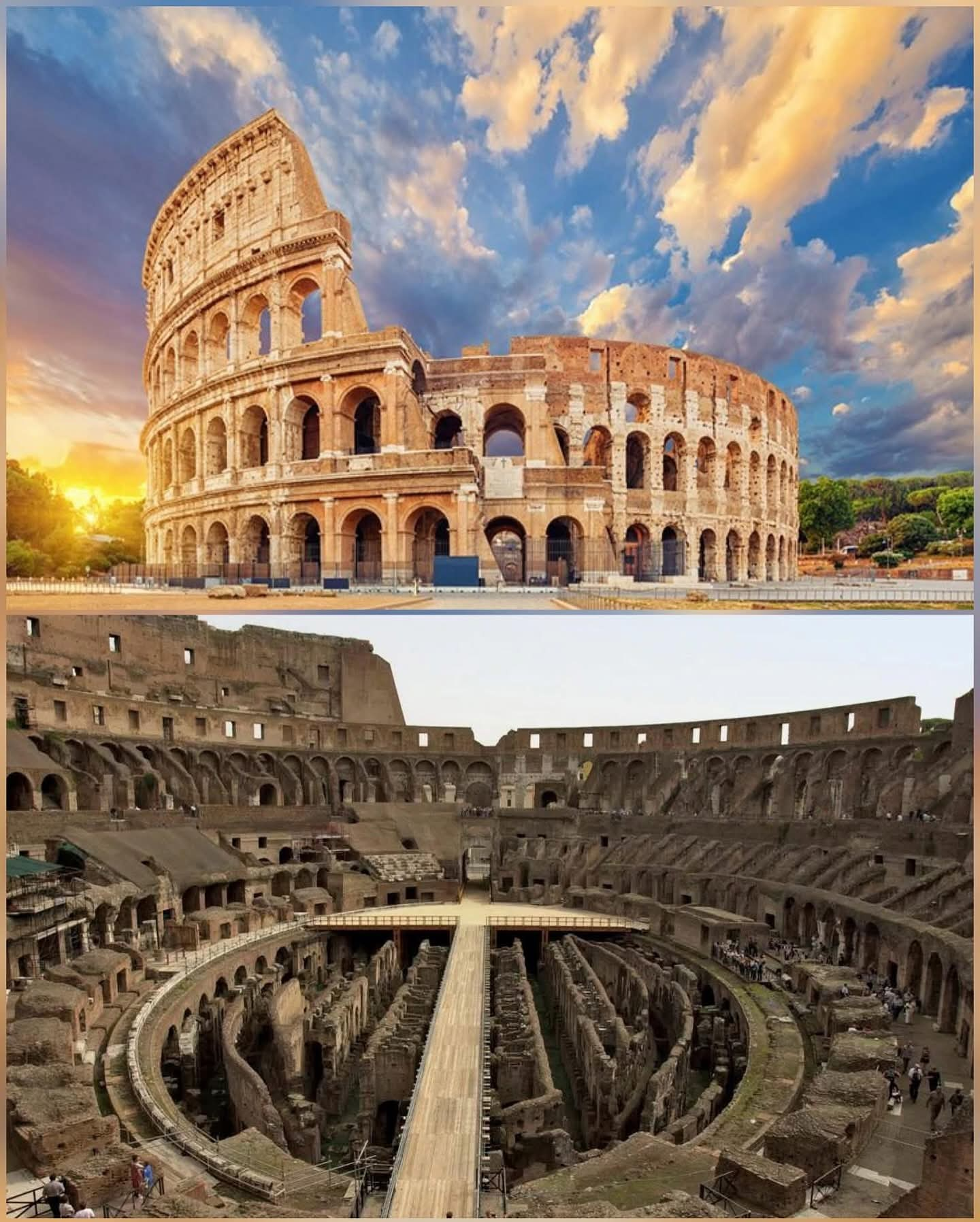
Ancient writers claimed that when the Colosseum first opened in 80 AD, Emperor Titus staged a full naval battle inside complete with warships, sailors, and sea monsters. 🌊 According to historian...Read more
View (4,707) | Like (0) | Comments (0)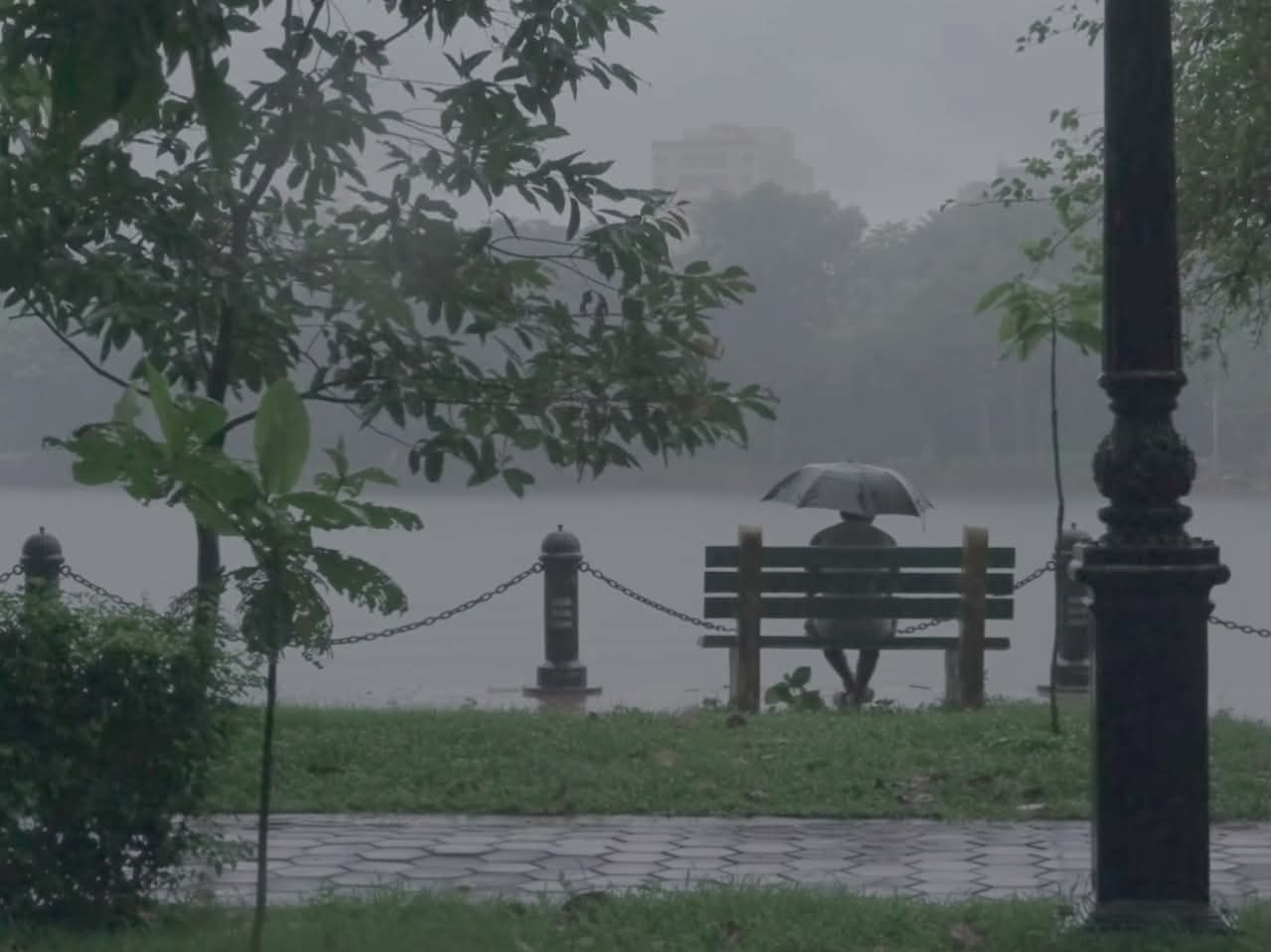
মানুষের জীবনে সবচেয়ে ভয়ংকর কষ্ট হলো-যাকে ভরসা করেছিলে। যাকে নিজের মনে জায়গ�...Read more
View (15,602) | Like (0) | Comments (0)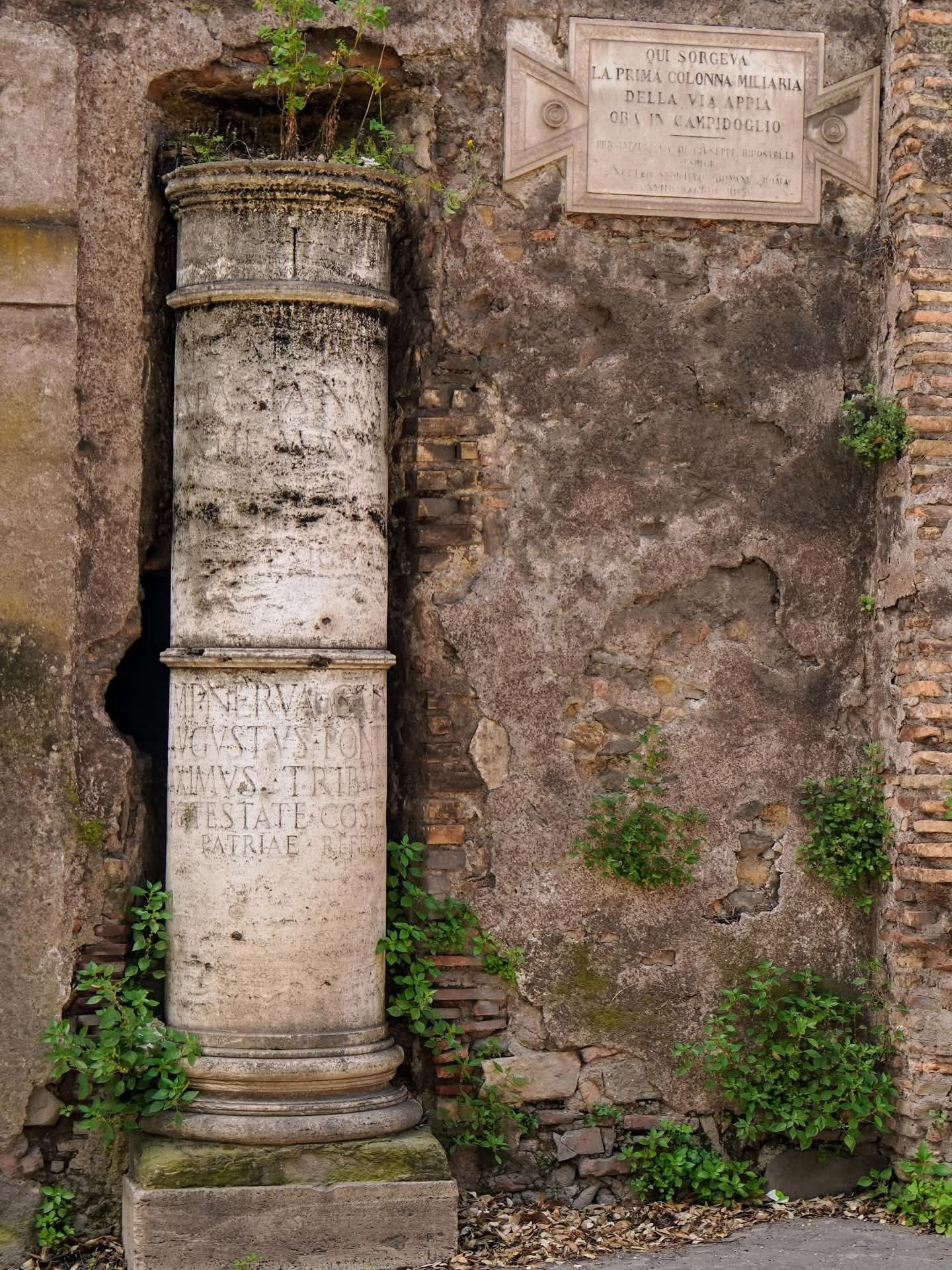
This ancient Roman column marks the starting point of one of history’s most famous roads — the Via Appia, built more than 2,000 years ago. 🏛️ From here, Roman surveyors measured every dist...Read more
View (6,586) | Like (0) | Comments (0)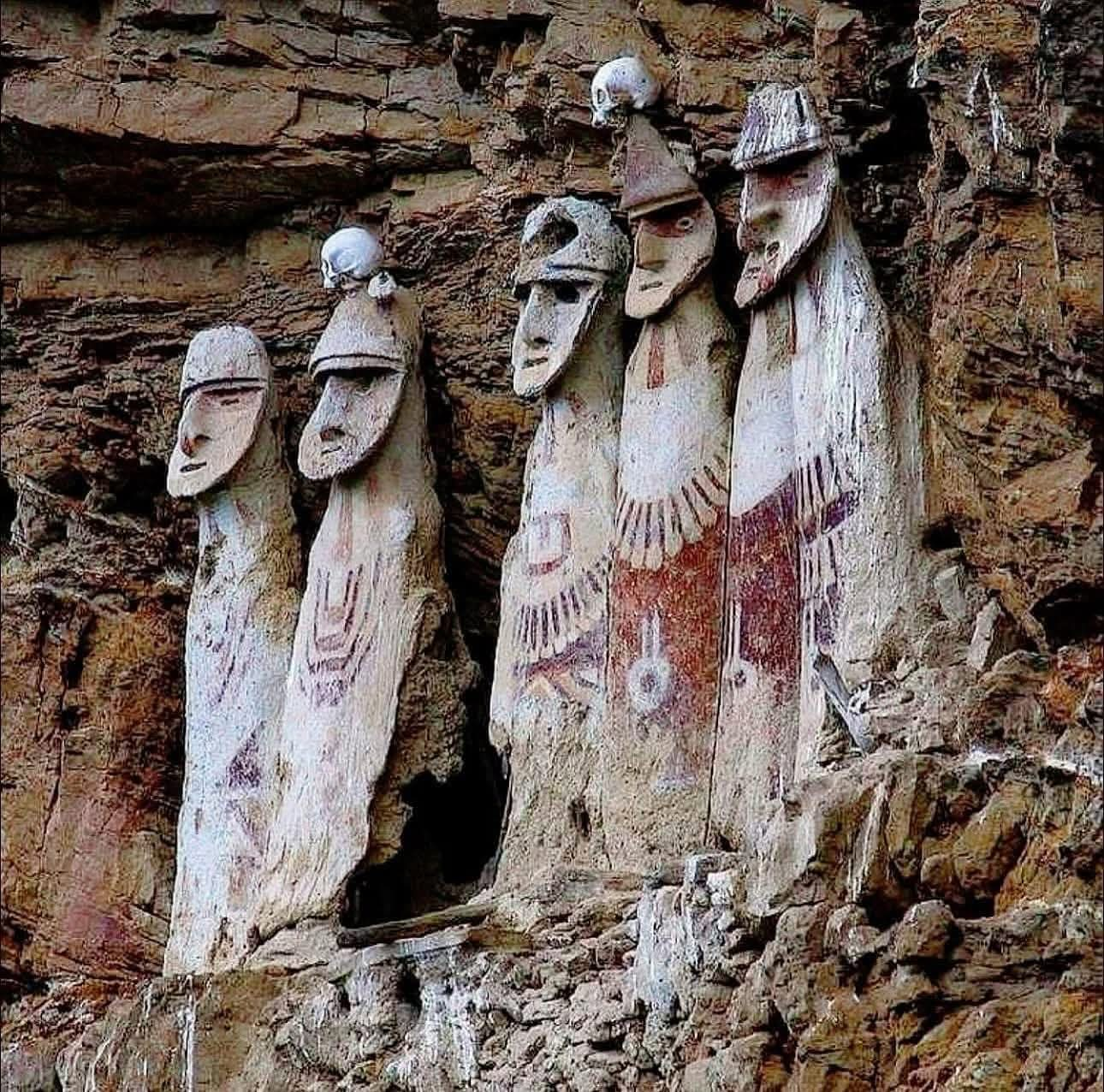
High above Peru’s Utcubamba Valley, perched on a sheer cliff face, stand the Sarcophagi of Carajía — silent guardians of a lost civilization. Created by the Chachapoyas culture between the 9th an...Read more
View (1,053) | Like (0) | Comments (0)
অবিবাহিত মেয়েদের বলছি, বিয়ের পরে তোমরা যখন মা হবে, তখন বুঝবে স্বামী মানে শু�...Read more
View (7,586) | Like (0) | Comments (0)Fewlook is a world wide social media platform